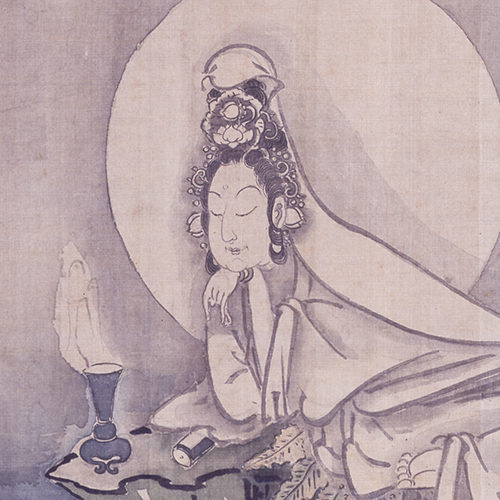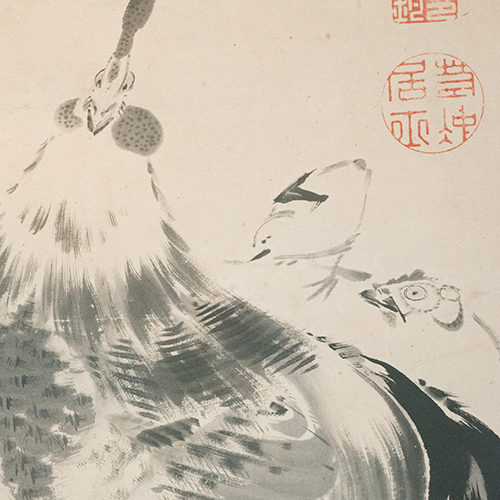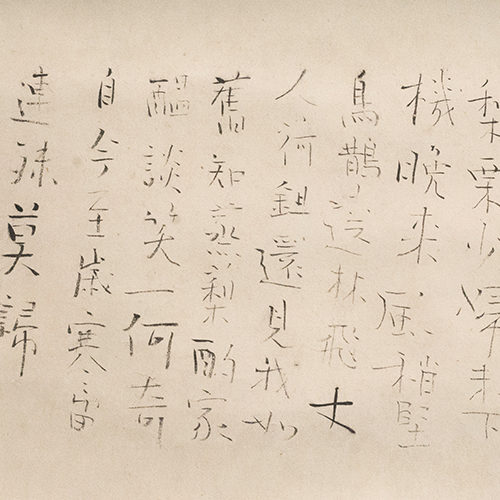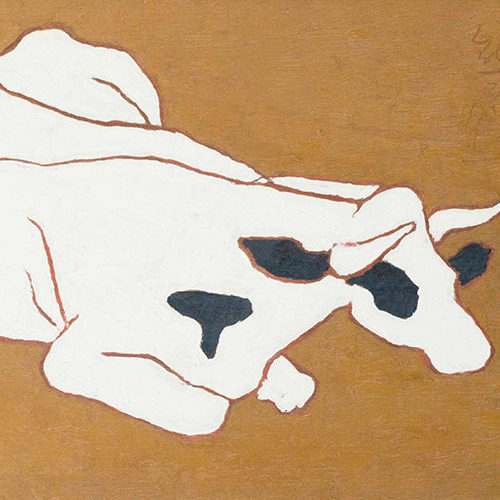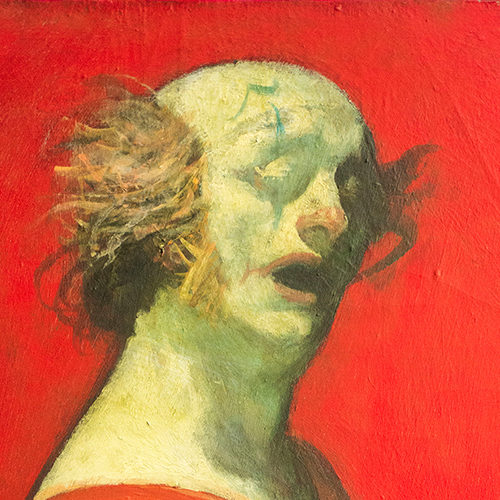Tsuchida Bakusen (1887-1936) is a Japanese painter of the Taisho and Showa periods. Born in Shinbo Village, Sado County, Niigata Prefecture (present-day Shinbo, Sado City). His real name was Kinji. At the age of 17, he was sent to Chishakuin Temple in Kyoto, but left before he could obtain a Buddhist priesthood and became a student of Suzuki Matsutoshi, who soon became a student of Takeuchi Seiho. In 1908, he exhibited “Punishment” at the 2nd Bunten Exhibition, which was led by Seiho, who promoted sketch painting, and won the third prize. In 1918 (Taisho 7), Bakusen, together with fellow Kyoto Municipal College of Painting graduates Murakami Kagaku, Sakakibara Shiho, Ono Chikkyo, and Nonase Banka, founded the Society for the Creation of National Painting, and broke away from the government exhibition to launch the New Nihonga He left the government exhibition and started a movement to pioneer a new style of Japanese-style painting. From 1888 to 1890, he studied in Europe. Strongly influenced by the Impressionists and Late Impressionists, he aimed to create a new style by incorporating the profound matiere, rational grasp of space, and geometric composition of Western painting into traditional Japanese painting. After the dissolution of the Society for the Creation of National Painting in 1928, he moved his activities to the Teiten Exhibition, where he became a member of the jury in 1930 and a member of the Imperial Academy of Fine Arts in 1934.
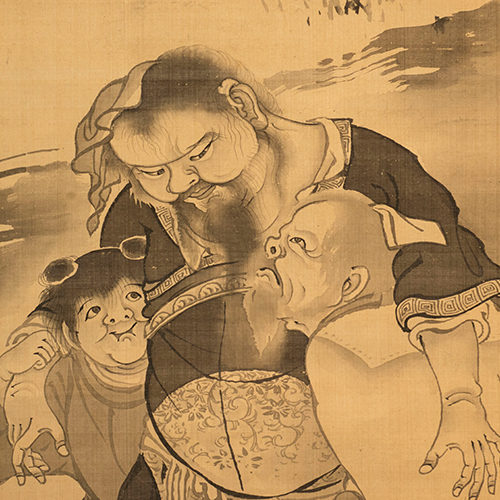
![Kyoto [Gallery-So] for purchase, sale, and appraisal of art works](http://gallery-so.net/wp-content/uploads/2020/05/so-logo.png)
